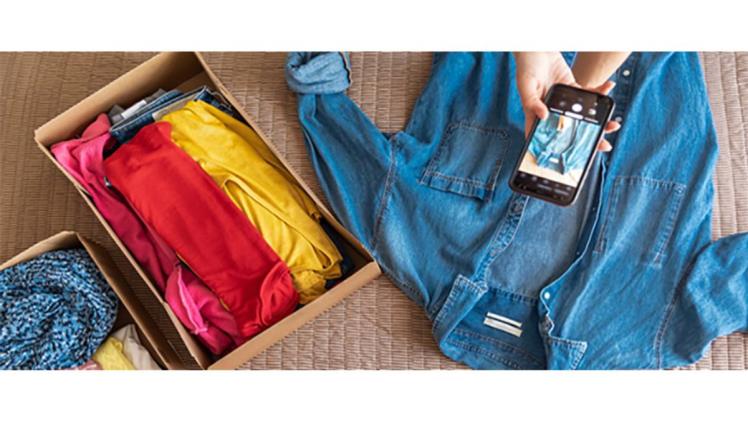Have you ever wondered what happens to your old jeans when you throw them away?
Clothing sales have grown much faster than GDP, indicating a slowing in inflation (garment pricing). At the heart of the fast fashion model, the pursuit of lower prices and accelerated cycles to raise the number of latest fashion collections released each year have fostered overproduction and overconsumption. And this is where the circular economy comes in.
Keep on reading to have an in-depth understanding of the circular fashion economy.
The Influence of the Fast Fashion Industry
Fast fashion has become a modern phenomenon. It operates on a “take-make-dispose” model. This allows businesses to mass-market, manufacturers to mass produce, and consumers to affordably purchase the latest trends. It appears to be a win-win situation until you consider the actual cost. Textile manufacturing is one of the most polluting industries, emitting 1.2 billion tonnes of CO2 annually.
To keep up with this level of consumer culture, natural resources are put under significant strain. This results in high levels of pollution, which includes the use of hazardous chemicals, unsafe dyes, and synthetic fibres.
More than 60% of the textiles used in the clothing industry are produced in China and India, where coal-fired power plants boost the carbon footprint of each garment.
The linear “take-make-dispose” model is based on large amounts of easily accessible resources and energy. Which is increasingly unfit for the reality in which it operates. While fast fashion is big business, it is also bad for the environment. Therefore, you must reconsider the fashion industry model and purchasing habits.
What is the circular economy?
The circular economy is a consumption and production model that involves reusing, repairing, refurbishing, and recycling existing resources and goods until possible. CE aims to address global issues including climate change, biodiversity loss, waste, and pollution by highlighting the design-based implementation of the model’s three guiding principles.
What exactly is Circular Fashion?
The circular fashion industry can be described as a regenerative system wherein garments are circulated until their maximum value is maintained. After which, they are safely returned to the biosphere when they are no longer helpful.
Products in a circular model are designed and developed with subsequent use in mind. Less than 1% of garments are recycled to make new clothing. Buying less and reusing more is the best thing we can do. If everybody bought just one used item instead of a new one, the collective positive impact on the environment would be enormous.
Let’s put it this way; fashion products should be designed to improve efficiency, non-toxicity, recyclability, and reusability. They should also be sourced and manufactured, focusing on recyclable materials and ethical practices.
When products aren’t recyclable, they must be biodegradable and utilised as compost for plants and other organisms in the ecosystem.
The ultimate objective of circular fashion is for products’ lifecycles to cause no socioeconomic or environmental harm.
In the End
It’s time the fashion industry changed for the greater good. Changes in stores and closets are simply symptoms of broader industry shifts. They were only made possible by a growing awareness of the changes that officials across the industry prioritise.
Consumer, retailer, and government awareness will continue to reshape the industry, safeguarding the workforce and the environment. This type of transformation was long overdue, but it will keep turning heads for many years.

